- Home
- About us
- Consultancy
- Renewable Energy

Solar kits
We provide technology, finance, and execution, saving our customers time and money.
- Technology
- Contact
- Home
- About us
- Consultancy
- Renewable Energy

Solar kits
We provide technology, finance, and execution, saving our customers time and money.
- Technology
- Contact
Solar kits for prosumers
We provide technology, finance, and execution, saving our customers time and money. With our solar kits you can become a prosumer with just a few minutes of your time.
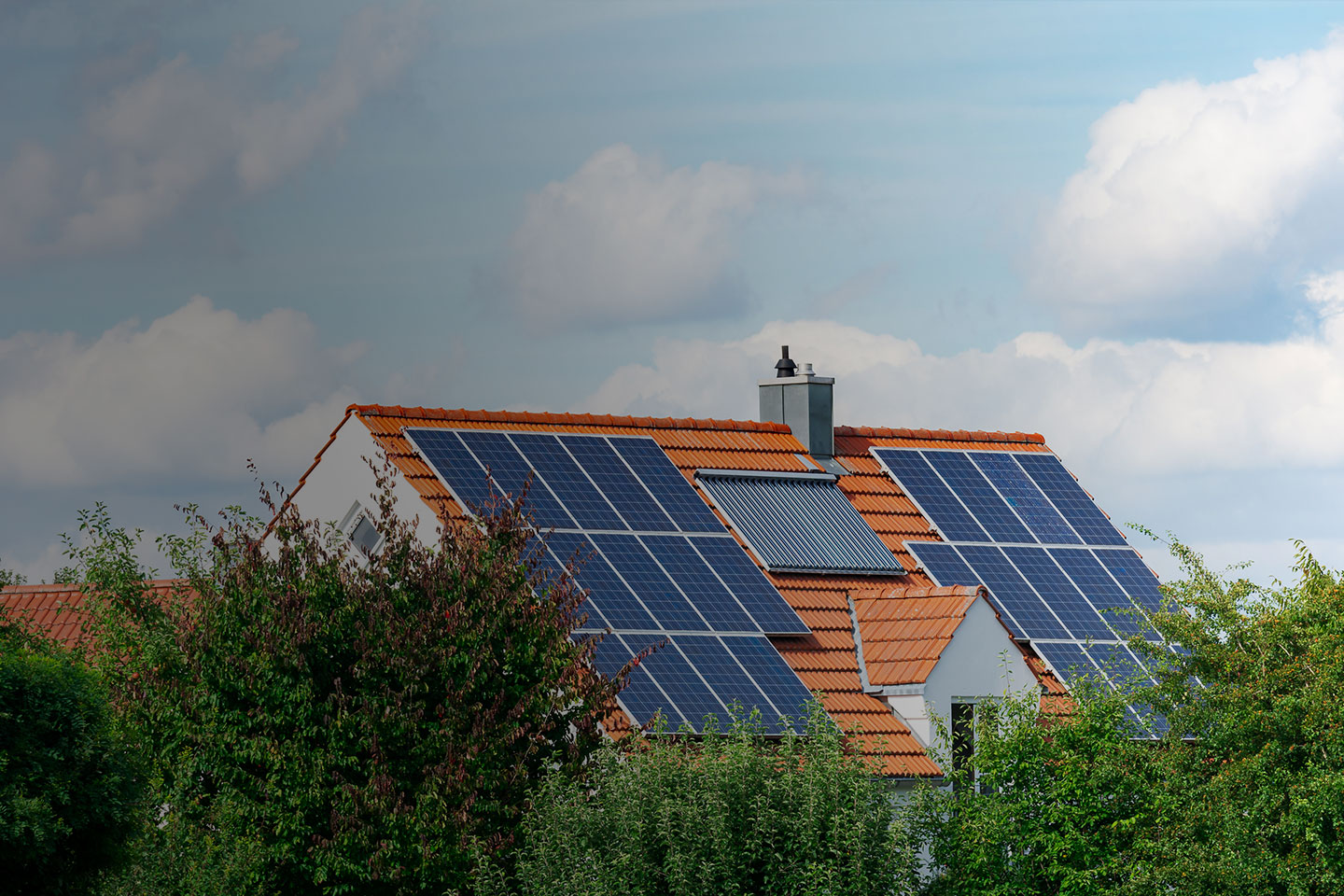
If you are considering the installation of a solar panel system for your home, it is important to know the main differences between photovoltaic and thermal systems and between on-grid, off-grid, and composite ones. Knowing the details will help you establish which of these systems suits you best.
GreenTech Energy can help you weigh options and make a cost estimate for each type of system.
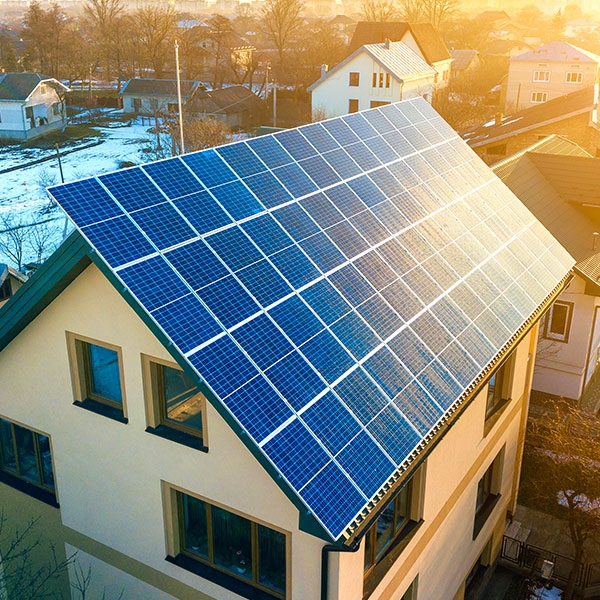
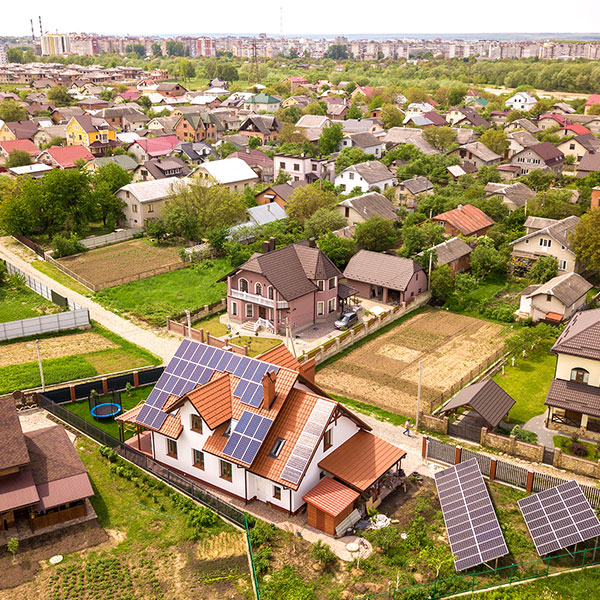
Photovoltaic Installations
On-grid Systems (connected to a grid or network
The most common types of PV solar systems, on-grid systems, are connected to the electrical grid and allow the inhabitants of a building to use both solar energy and electrical energy from the network. On-grid systems aren’t required to produce the total amount of electricity needed for a home.
When there is no need of energy, the solar panels send the electrical energy surplus back into the grid. When a house is in need of energy but the solar panels are not able to provide (during night time or inclement weather), the panel electricity is supplemented by electricity from the grid.
There is no lifestyle difference with a PV on-grid system with the sole exception that a part, or all, of the electrical energy comes from the sun.
Advantages/ On-grid Systems
- In case of unfavorable weather conditions, energy comes from the national grid
- A reduced number of components allows quick installation
- Lower initial costs than the ones for Off-grid systems
- Minimal or no costs when it comes to maintenance and function

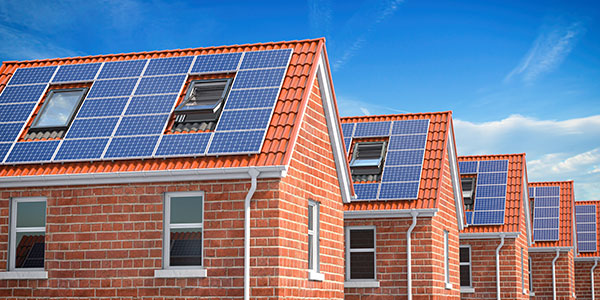
Advantages/ Off-grid Systems
- Ideal for remote locations that are too far from an electrical grid
- Have no need of functioning permits
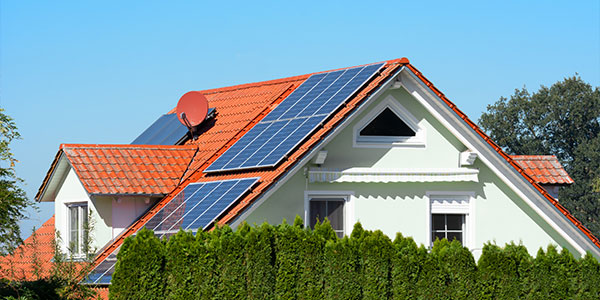
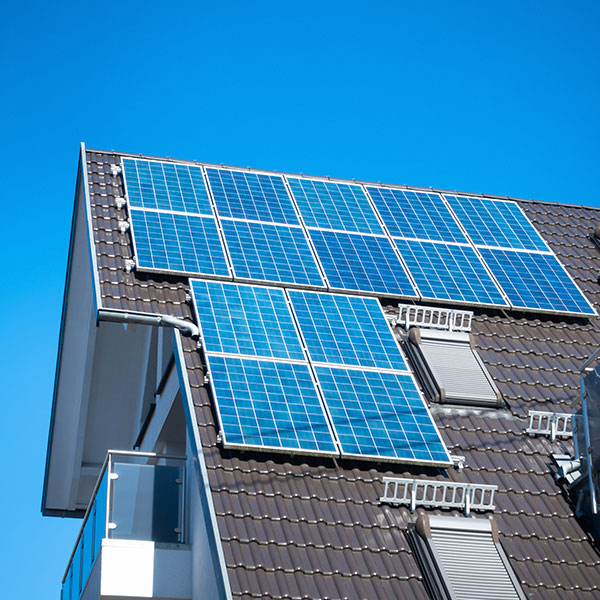
Off-Grid Systems (autonomous or independent)
Off-grid systems are often used in remote locations that have no access to utility services. They function independently from the local utility network and supply electrical energy for the house. These systems usually need a battery (to store solar electrical energy for later use, like night time or bad weather), an auxiliary energy reserve (like a generator), or both. An off-grid solar system must be sufficiently large to produce 100 percent of the household’s needed energy.
Because there is no other source to supplement the needed electricity, electrical energy use must be monitored and kept under the maximum panel and battery threshold.
Mixed or Hybrid Systems
Mixed or hybrid systems are an improvement on pure On-grid systems with the addition of a back-up battery. The battery is charged by both the grid and solar panels. In case there is a shortage of power, the back-up battery can be started manually or with an automated system to maintain energy supply to the home.
Advantages/ Mixed or Hybrid Systems
- A better control of your energy bill. You can use the back-up battery when electrical energy costs are high
- Autonomy from the grid; you can choose when and how to use energy from the grid
- Great in case of a power outage
- Managing your own consumption as unused solar energy is stored for later use
- The safety of never running out of electrical energy
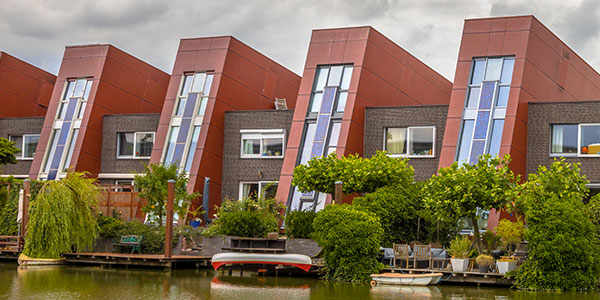
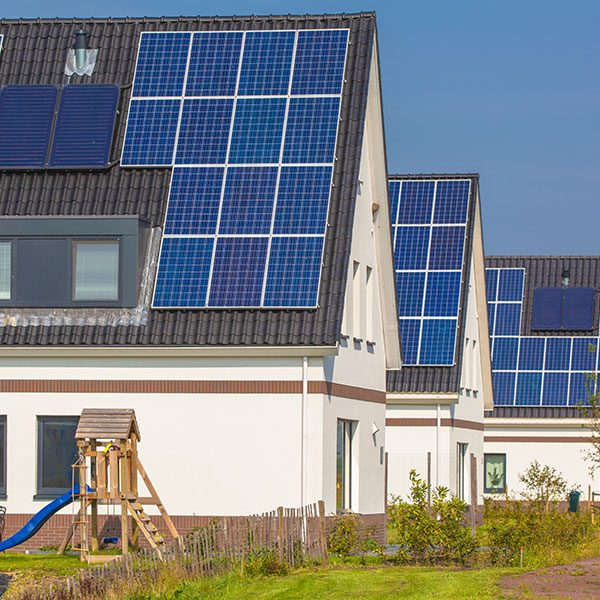
Advantages/ Thermal Installations
- Solar thermal systems use solar energy in order to generate thermal energy. This energy is then used for heating domestic water to help warm the household or other water sources like pools.
- Depending on the technology used for manufacturing them, the panels can be compact and plain or with vacuum tubes that collect solar thermal energy. The vacuum tube panels are more popular due to their high absorption capacity of solar radiation, even on cloudy weather, due to their circular shape which allows for a 90 degree angle exposure and the vacuum that insures thermal isolation.
- Vacuum tubes have also been sought after due to the ease with which elements can be replaced. In the case of plain thermal panels, even partial deterioration requires replacing the panel altogether.
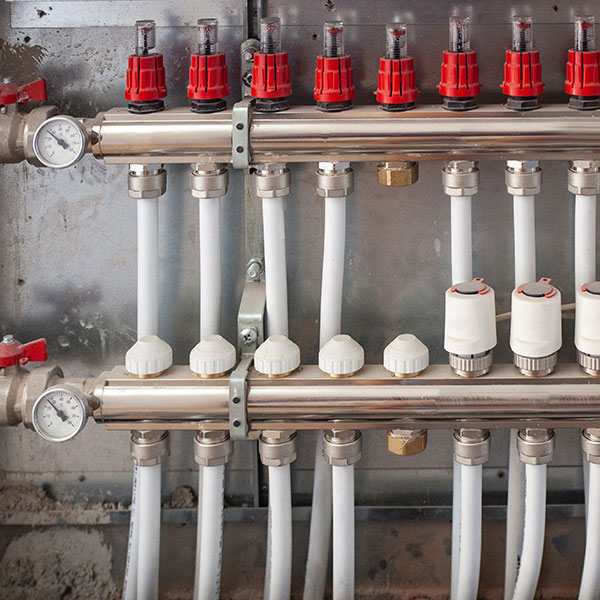
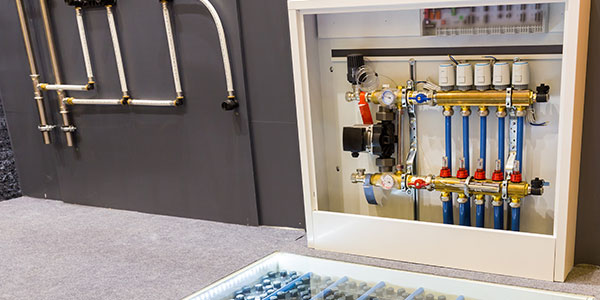
Thermal Installations
Solar thermal systems use solar energy in order to generate thermal energy. This energy is then used for heating domestic water to help warm the household or other water sources like pools.
Depending on the technology used for manufacturing them, the panels can be compact and plain or with vacuum tubes that collect solar thermal energy. The vacuum tube panels are more popular due to their high absorption capacity of solar radiation, even on cloudy weather, due to their circular shape which allows for a 90 degree angle exposure and the vacuum that insures thermal isolation.
Vacuum tubes have also been sought after due to the ease with which elements can be replaced. In the case of plain thermal panels, even partial deterioration requires replacing the panel altogether.

Here's to a green future
Copyright 2018 Green-Tech Energy. All Rights Reserved.


